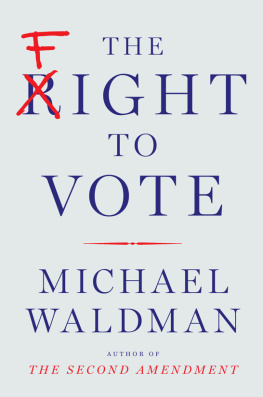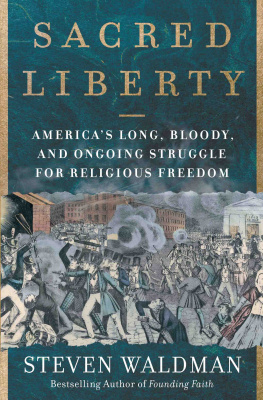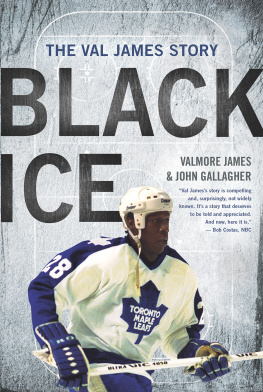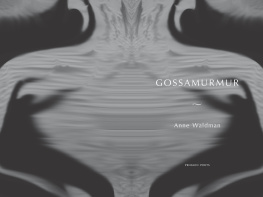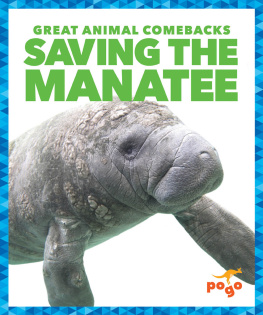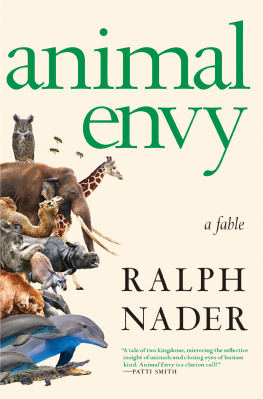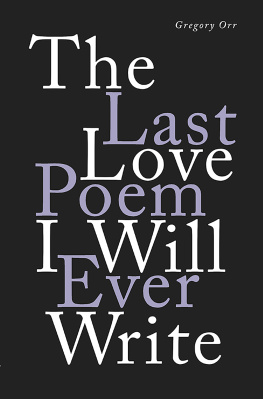Table of Contents
BOOKS, CHAPBOOKS, AND COLLABORATIONS by ANNE WALDMAN
On the Wing
O My Life!
Giant Night: Selected Poems
Baby Breakdown
Memorial Day (with Ted Berrigan)
No Hassles
The West Indies Poems
Life Notes: Selected Poems
Self-Portrait (with Joe Brainard)
Sun the Blonde Out
Fast Speaking Woman
Journals & Dreams
Shaman/Shamane
Sphinxeries (with Denyse Du Roi)
Polar Ode (with Eileen Myles)
Countries
Cabin
First Baby Poems
Makeup on Empty Space
Invention (with Susan Hall)
Den Monde in Farbe Sehen
Skin Meat Bones
The Romance Thing
Blue Mosque
Tell Me About It: Poems for
Painters
Helping the Dreamer: New & Selected
Poems, 1966-1988
Her Story (with Elizabeth Murray)
Not a Male Pseudonym
Lokapala
Fait Accompli
Troubairitz
Iovis: All Is Full of Jove
Kill or Cure
Iovis II
Kin (with Susan Rothenberg)
Polemics (with Anselm Hollo & Jack Collom)
Homage to Allen G. (with George Schneeman)
La Donna Che Parla Veloce
Young Manhattan (with Bill Berkson)
One Voice in Four Parts (with Richard Tuttle)
Marriage: A Sentence
Au Lit/Holy (with Eleni Sikelianos & Laird
Hunt)
Zombie Dawn (with Tom Clark)
Dark Arcana/Afterimage or Glow
In the Room of Never Grieve: New & Selected
Poems, 1985-2003
Fleuve Flneur (with Mary Kite)
Structure of the World Compared to a Bubble
Outrider
Femme Qui Parle Vite
Red Noir
Nine Nights Meditation (with Donna Dennis)
Martyrdom
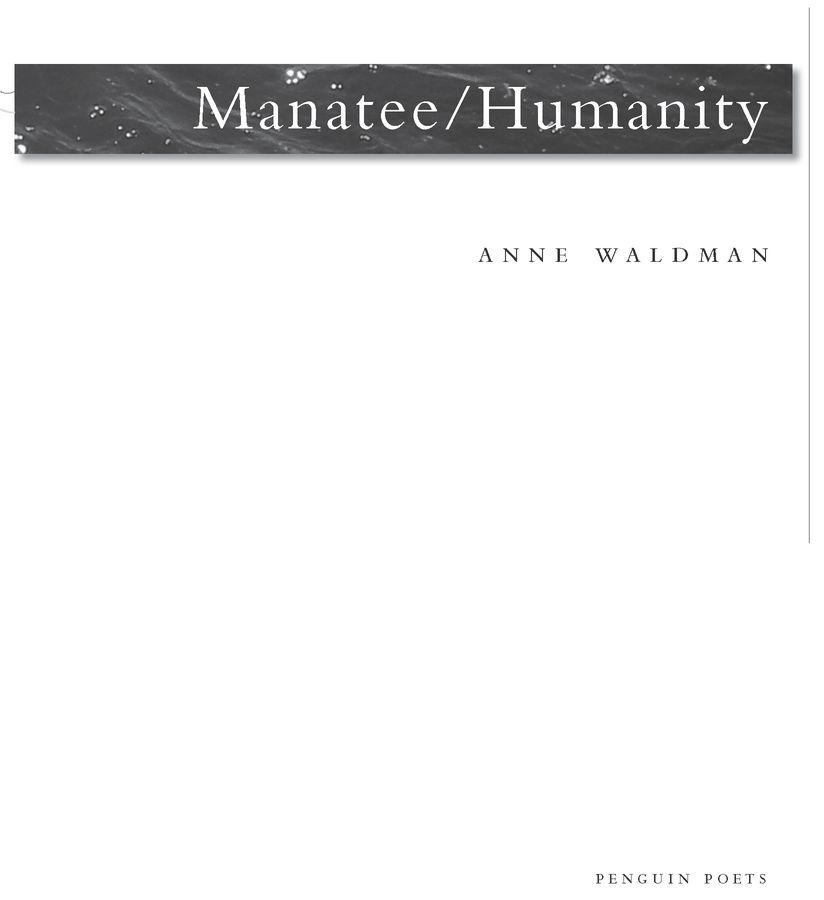
IN MEMORY
Steven Lowe
1947-2007
&
kari edwards
1954-2006
endangered species both
Was living: panting like a frighted wolf, and howling
WILLIAM BLAKE
Effort lay in us before religion at pond bottom
LORINE Niedecker
Lirgga songs... are received by the mermaid Dreamings who live in Billabongs...
ALLAN MARETT (The Wanga of North Australia)
Out and starts the mermaiden,
Wi a fan into her hand:
Keep up your hearts, my merry men,
For yere near the dry land.
Out and spak Earl Patrick Graham,
Wi the saut tear in his ee:
Now sin weve seen the mermaiden,
Dry land well never see.
VARIANT, sir PATRICK SPENS
stealth bombers ghosts shrouds
Tibetan journeyings spaces of time between magnets & continents
causeways into another continuum
KAMAU BRATHWAITE
the manatee is found in slow-moving rivers
the manatee moves in estuaries, moves in saltwater bays
ACKNOWLEDGMENTS
American Poetry Review, Shivastan Press, XCP: CrossCultural Poetics, The Brooklyn Rail, Farfalla, McMillan & Parrish, Longhouse, Ambrose Bye and Fast Speaking Musics The Eye of the Falcon and Matching Half, and the perspicuity and friendship of Mei-mei Berssenbrugge. Gratitude to the Bellagio Study and Conference Center and its denizens where the written manatee first had life among neuroscientists, scholars, and writers: Sam Wang, Sandra Aamodt, Kenneth Britten, Stephen Barber, Seemin Qayum, Sinclair Thomson and Bishaka Datta. And to Douglas Dunn for dancing the manatee. And always deep bows to the Buddhist elders and teachers. Sarva mangalam.
{ undercurrent }
This poem takes its initial inspiration from a particular initiation/teachingor wang (literally empowerment)in the Tibetan Buddhist tradition, with links to a pre-Vedic shamanic ritual, and from an encounter and meditation on the mysterious manatee, the endangered mammal of coastal waters, and the grey wolf, residing particularly in the western United States. The poem emerged as a kind of urgent discourse. The Buddhist initiation is named Kalachakra, or Wheel of Time, and has been granted in recent years with accelerated frequency in both Asia and the West. The view is that such an initiation confers power and permission to enter into specific meditative practices of empathy for achieving enlightenment (clear seeing) in order to benefit others (including the plant and animal realms) as quickly as possible! It also investigates the nature of time and change.
Tantra refers to a stream of continuity, or thread. This ongoing stream is our own mind, which in the Buddhist view continues through lifetimes. At it subtlest level the mind is known as primordial pure light and is free of the oscillations of conceptual thought or disturbing emotions. It presumably underlies every moment of experience, awake or asleeplike a radio that is always on, playing ceaselessly even between bands, or while turning/tuning into another frequency. Our mind is the basis for our experiences of death; our experiences in the bardo, which is the state between rebirths; and our conception of a new life. Neither the possible static nor the volume or the particular station affects the fact that the radio is on.
From a parallel perspective, neither intensity of our experience nor the dramas of our discursive thoughts and moods affect the clear light mind that is also on. Each stream of continuity is individual as well. All radios are not the same, although their receivers work the same way. In this view, there is no such thing as a universal mind in which our minds all participate, but rather myriad unique individual pathways, innumerable possibilities. One of Jack Spicers metaphors for the poet is the radio; the poet is always on. And what is the mind of manatee? was a question for this poem. There seemed something wonderfully cognizant and primordial and on in the manatee spirit, albeit at a less speedy frequency. I remember William Burroughs sensing (maybe riffing on something Jack Kerouac had said) that so many animals seem to be in samadhi. He thought this of his cats, and he said often that he would prefer the company of lemurs to that of humans.
Tantric practice uses the imagination for visualization, in order to identify and invoke certain energies with ones own mind and body. It is essentially a practice of empathy. The rainbow-colored Kalachakra deity has four faces and twenty-four arms, and a consort with four faces and eight arms. The more arms, the more power of action and efficacy. Traditionally one visualizes ones self as the deity during the initiation to conjure greater compassion and then dissolves the image at the close of it.
The mandala or map created for such an event is of a symbolic universe. It describes a palace and surrounding grounds where the Buddha figure dwells, which the initiate enters imaginatively. Like the parts of our body, each architectural feature corresponds or refers to a realization that we need to maintain activity in our minds. A mandala may be a three-dimensional structure, and a mandala made of colored powders or sand is a blueprint of that structure.



